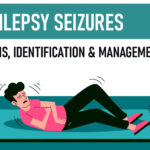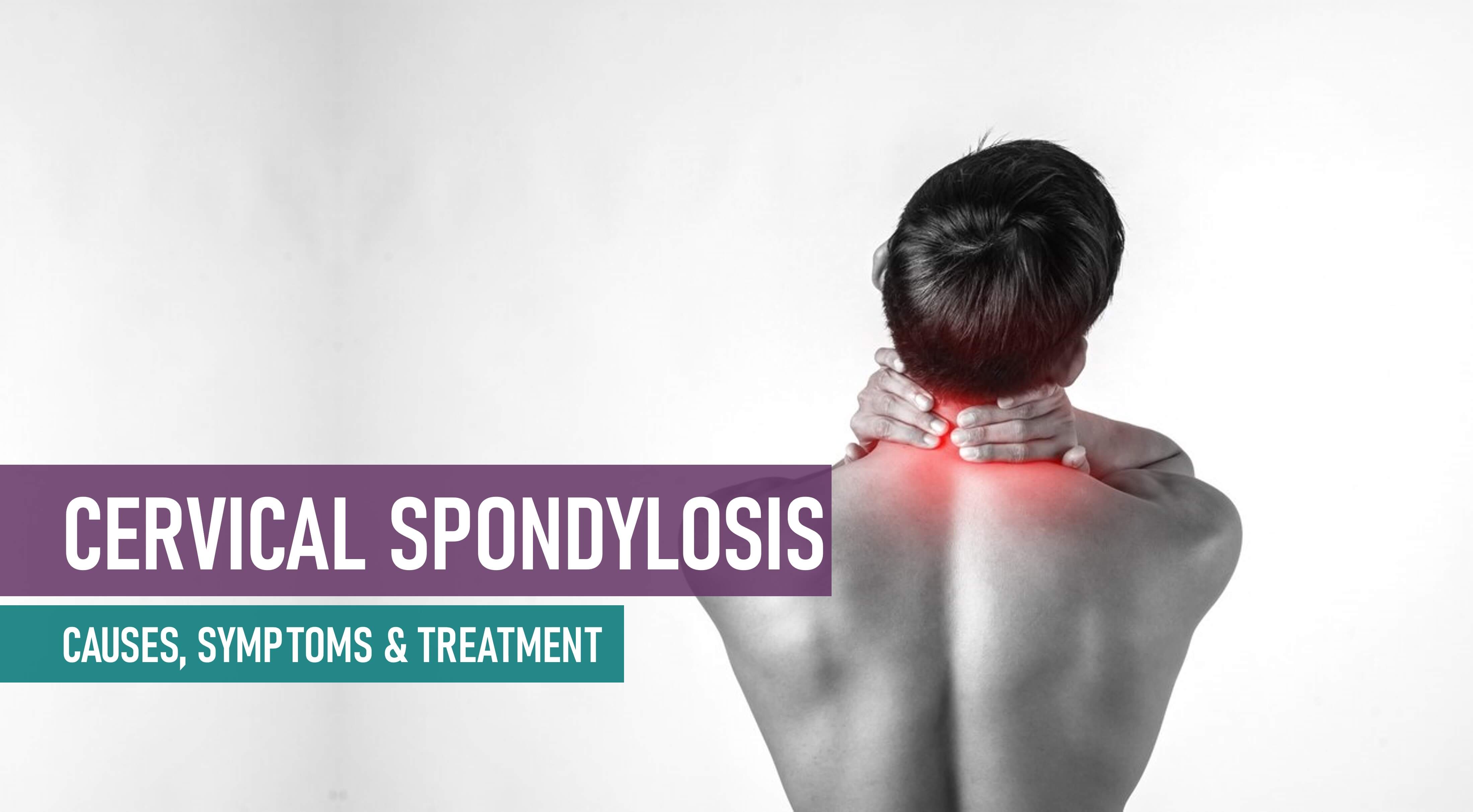Cervical spondylosis, commonly referred to as neck arthritis or cervical osteoarthritis, is a condition that results from the wear and tear of the spinal discs in the neck. As we age, the bones and cartilage in our cervical spine (the neck portion of the spine) gradually degenerate, leading to the development of this condition. While cervical spondylosis is often linked to aging, it can also be influenced by lifestyle factors, such as poor posture, injuries, and repetitive strain on the neck.
In this blog, we will explore the causes, symptoms, and treatment options for cervical spondylosis, along with related neurological diseases that may arise. Additionally, we will highlight how a neurologist in Ahmedabad can provide effective treatment for this condition.
Causes of Cervical Spondylosis
The main cause of cervical spondylosis is aging. Over time, the spinal discs lose hydration and shrink, which can lead to disc herniation or bulging. Other contributing factors include:
Bone Spurs: As the spine attempts to repair itself, extra bone may form, causing bone spurs that can press on nerves and lead to conditions like cervical radiculopathy.
Dehydrated Discs: The discs between vertebrae act as cushions, but they begin to dry out and shrink with age.
Herniated Discs: The outer layer of a spinal disc can crack, causing the gel-like interior to bulge and put pressure on the nerves.
Injury: Previous injuries to the neck can speed up the aging process and contribute to the early onset of cervical spondylosis.
Overuse: People who have jobs or hobbies that involve repetitive movements, like looking down at a phone or computer for extended periods, are more prone to developing cervical spondylosis.
Symptoms of Cervical Spondylosis
While some individuals with cervical spondylosis experience no symptoms, others may suffer from a variety of issues, which can range in severity. Common symptoms include:
- Neck Pain: Persistent pain in the neck that can radiate to the shoulders and arms, similar to symptoms seen in tension headaches.
- Stiffness: A reduction in neck movement, making it harder to turn your head.
- Headaches: These often originate from the neck and spread to the back of the head.
- Numbness and Tingling: Compression of nerves can lead to sensations of numbness or tingling in the arms, hands, or fingers, as seen in conditions like peripheral neuropathy.
- Loss of Balance: In severe cases, nerve compression can lead to problems with walking and coordination.
Cervical Spondylosis Treatment
While there is no cure for cervical spondylosis, several treatments can help manage symptoms and improve the quality of life. Consulting a neurologist in Ahmedabad is crucial in diagnosing and designing a treatment plan tailored to individual needs. The treatment options include:
- Medications: Pain relievers, nonsteroidal anti-inflammatory drugs (NSAIDs), and muscle relaxants can help control pain and inflammation.
- Physical Therapy: Strengthening exercises and posture correction techniques can improve neck flexibility and reduce pain.
- Cervical Collar: In some cases, wearing a soft collar can provide short-term relief by supporting the neck and limiting motion.
- Injections: Corticosteroid injections may be used to reduce severe inflammation around the nerves.
- Surgery: For those with significant nerve compression or spinal cord damage, surgical intervention may be necessary to relieve pressure on the nerves.
Prevention and Seeking Help
To prevent the progression of cervical spondylosis, adopting healthy habits is essential. Maintaining good posture, taking breaks from repetitive neck movements, and staying physically active can help keep your neck healthy. If you experience persistent neck pain or other related symptoms, seeking early intervention from a neurologist in Ahmedabad can prevent complications and provide effective management options.
Source/s: Banner image by Freepik.com







